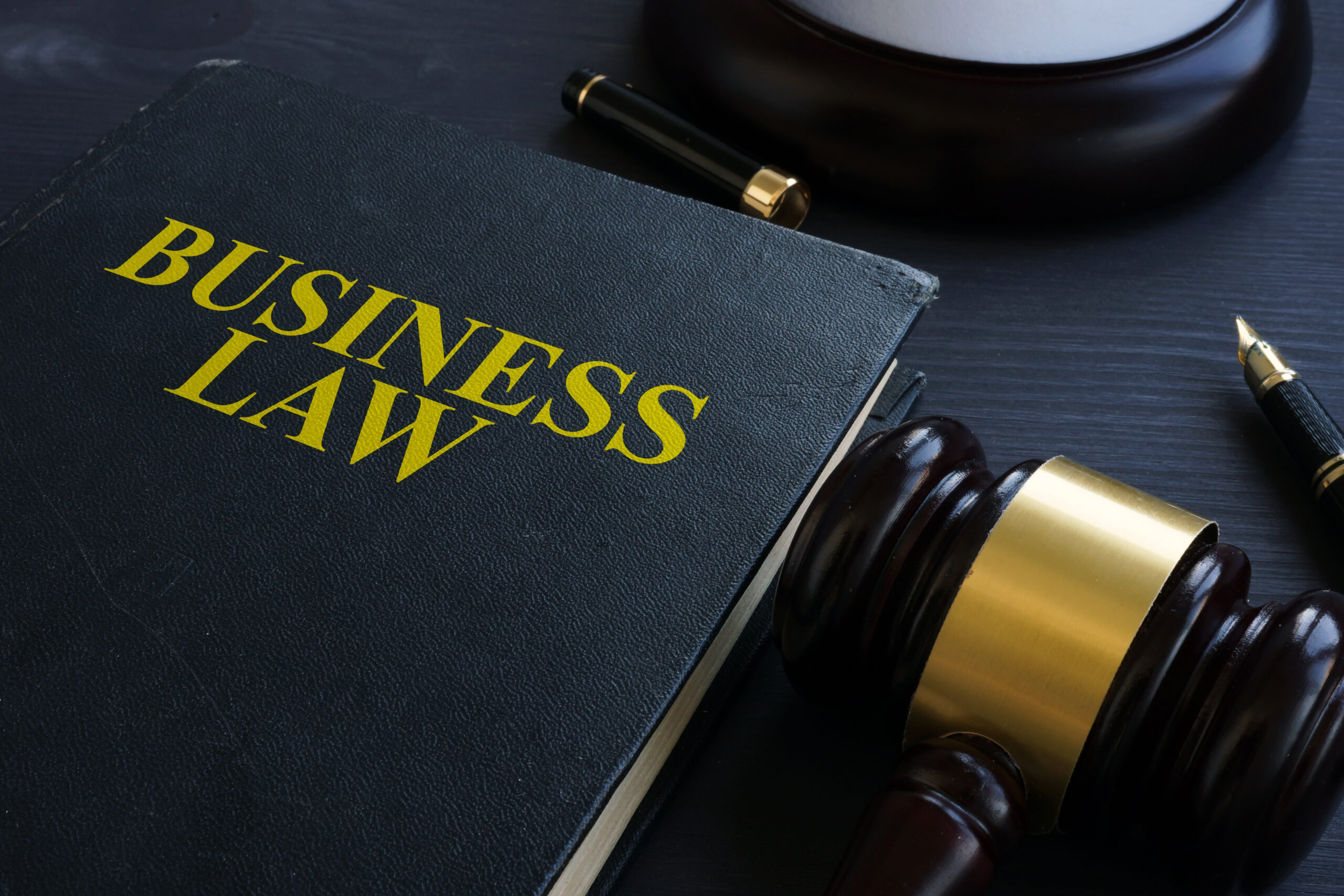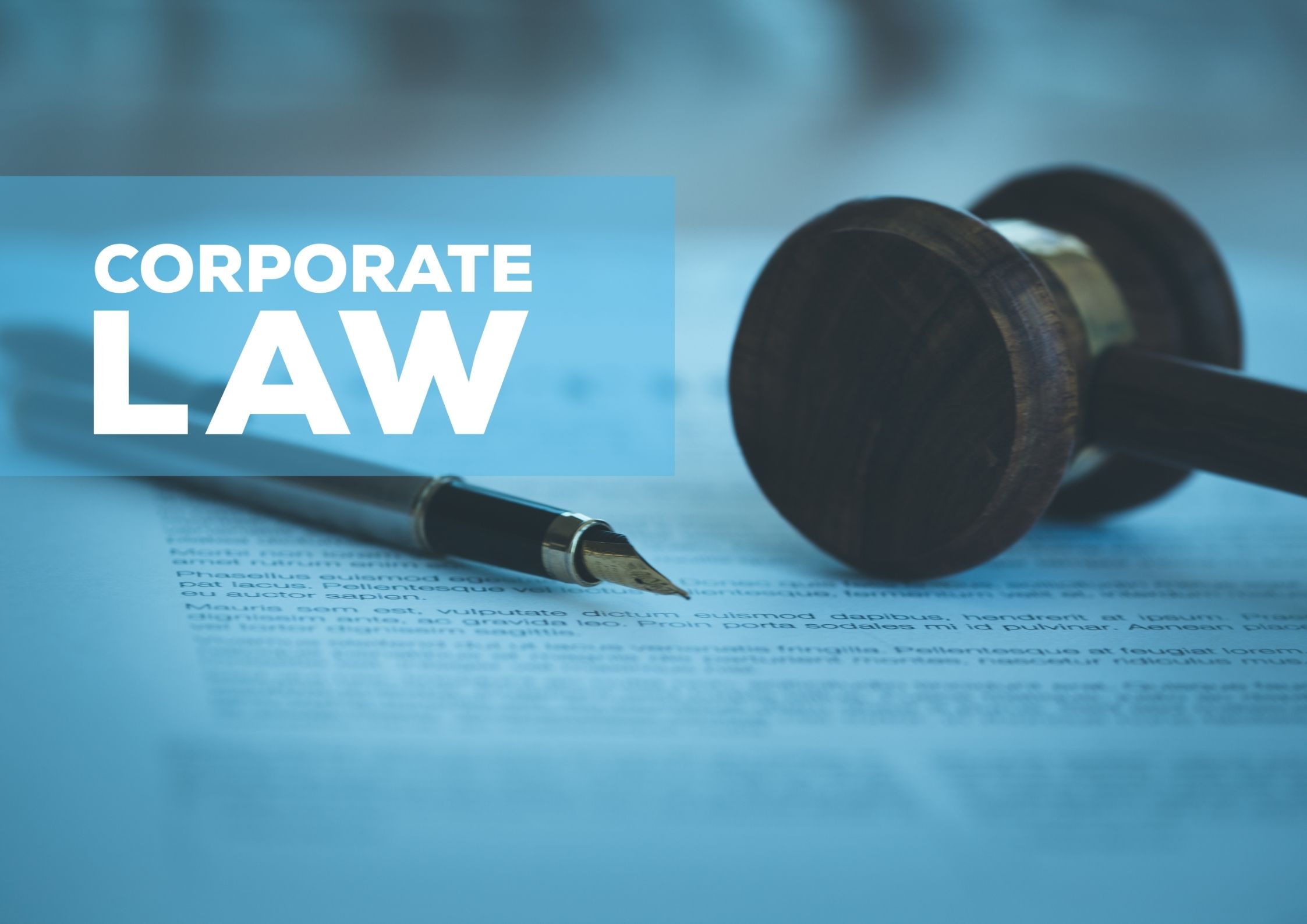How to Protect Intellectual Property Legally: A Guide for Businesses is an essential guide for anyone looking to safeguard their creative work, inventions, and business ideas. In today’s competitive landscape, protecting your intellectual property is crucial for success, allowing you to leverage your unique assets and maintain a competitive edge.
This comprehensive guide explores the various forms of intellectual property, the legal strategies available for protection, and the importance of securing your rights both domestically and internationally.
From understanding the different types of intellectual property like patents, trademarks, copyrights, and trade secrets, to navigating the legal complexities of registration and enforcement, this guide provides a practical roadmap for protecting your valuable assets. We delve into the importance of employee agreements, non-disclosure agreements, and security measures to safeguard your intellectual property within your business.
Additionally, we address the challenges of international protection, offering insights on navigating diverse legal frameworks and securing your rights across borders.
Understanding Intellectual Property: How To Protect Intellectual Property Legally

Intellectual property (IP) refers to creations of the mind, such as inventions, literary and artistic works, designs, and symbols, used in commerce. IP is protected by law, giving the creator exclusive rights to use, exploit, and control their creation for a certain period.
Types of Intellectual Property
Understanding the different types of IP is crucial for businesses and individuals who want to protect their creations.
Protecting your intellectual property legally requires a multi-pronged approach, including registering trademarks and copyrights, and securing comprehensive insurance. To help assess your insurance needs, consult Get a USAA Insurance Quote: A Comprehensive Guide , which offers valuable insights into safeguarding your assets, including your intellectual property.
Once you have a solid insurance foundation, you can focus on other critical aspects of intellectual property protection, such as licensing agreements and enforcement strategies.
- Patents: Patents protect inventions, granting the patent holder the exclusive right to make, use, and sell the invention for a specific period. This protection is granted in exchange for disclosing the invention to the public. For example, a pharmaceutical company might obtain a patent for a new drug, preventing other companies from producing and selling that drug without permission.
Protecting intellectual property involves a multifaceted approach, encompassing legal strategies like registering trademarks and patents. For military members, safeguarding valuable assets like boats requires specialized insurance coverage. Boat Insurance Quote USAA: A Guide for Military Members provides a comprehensive resource for understanding available options and securing adequate protection.
Similarly, thorough documentation and vigilant enforcement are crucial for effectively safeguarding intellectual property rights.
- Trademarks: Trademarks protect distinctive signs, such as logos, brand names, and slogans, used to identify and distinguish goods and services in the marketplace. This protection helps consumers identify and trust specific products and services. For example, the Nike swoosh logo is a trademark that distinguishes Nike products from those of other companies.
- Copyrights: Copyrights protect original works of authorship, including literary, dramatic, musical, and certain other intellectual works. Copyright holders have the exclusive right to reproduce, distribute, display, perform, and create derivative works based on their copyrighted material. For example, a novelist holds the copyright to their book, preventing others from copying and selling it without permission.
- Trade Secrets: Trade secrets are confidential information that provides a business with a competitive edge. This could include formulas, practices, designs, or customer lists. Unlike patents, trademarks, and copyrights, trade secrets are not registered with any government agency. They are protected by the owner taking steps to keep them secret.
For example, a recipe for a popular beverage might be considered a trade secret, with the company taking measures to prevent unauthorized disclosure.
Importance of Protecting Intellectual Property
Protecting IP is essential for businesses and individuals for several reasons:
- Revenue Generation: IP rights allow creators to control the use of their creations, enabling them to generate revenue through licensing, franchising, or selling their products or services.
- Brand Recognition and Reputation: Strong IP protection helps build brand recognition and reputation, fostering consumer trust and loyalty.
- Competitive Advantage: IP protection gives businesses a competitive advantage by preventing others from copying their innovations and designs.
- Legal Protection: IP rights provide legal recourse against infringement, allowing creators to take action against those who violate their rights.
Consequences of Infringement
Infringement of IP rights can have serious consequences, including:
- Legal Action: Infringers can face legal action, including injunctions to stop the infringement and monetary damages.
- Reputational Damage: Infringement can damage the reputation of both the infringer and the original creator.
- Loss of Revenue: Infringement can lead to significant financial losses for the rightful owner of the IP.
- Criminal Charges: In some cases, IP infringement can result in criminal charges, especially when it involves large-scale commercial exploitation.
Legal Strategies for Protection
Protecting your intellectual property is crucial for businesses and individuals alike. It ensures that you have exclusive rights to your creations and can prevent others from using them without your permission. Various legal strategies can be employed to safeguard your intellectual property.
This section will explore some common strategies, including their benefits and drawbacks.
Trademarks
Registering a trademark is a powerful way to protect your brand name, logo, and other distinctive features. A trademark grants you exclusive rights to use the mark in connection with your goods or services. This can prevent competitors from using similar marks that could confuse consumers.
Protecting intellectual property often involves registering trademarks, copyrights, or patents. However, safeguarding physical assets, such as your home, is equally important. Rhode Island Home Insurance Quotes: A Guide for Homeowners provides valuable insights into securing the right coverage for your property.
This comprehensive protection ensures that you’re prepared for unforeseen events and can focus on safeguarding your intellectual property without financial burdens.
- Benefits:
- Exclusive rights to use the mark
- Protection against infringement
- Enhanced brand recognition
- Potential for licensing and franchising
- Drawbacks:
- Cost of registration and maintenance
- Potential for challenges from others claiming prior rights
- Limited protection for functional aspects of products
Copyrights
Copyright protects original works of authorship, such as books, music, films, and software. It grants the copyright holder exclusive rights to reproduce, distribute, and create derivative works based on the protected material.
- Benefits:
- Automatic protection for original works
- Control over the use and distribution of the work
- Potential for licensing and royalties
- Drawbacks:
- Limited protection for ideas and concepts
- Potential for infringement claims based on fair use
- Need to register for full legal protection in some cases
Patents, How to Protect Intellectual Property Legally
A patent grants an inventor exclusive rights to make, use, and sell an invention for a limited period. It protects new and useful inventions, including processes, machines, manufactures, and compositions of matter.
- Benefits:
- Exclusive rights to exploit the invention
- Strong legal protection against infringement
- Potential for licensing and commercialization
- Drawbacks:
- High costs of obtaining and maintaining a patent
- Strict requirements for patentability, including novelty, utility, and non-obviousness
- Public disclosure of the invention, which can be advantageous or disadvantageous depending on the situation
Patent Process
The patent process involves several steps, including:
- Preparation of the patent application:This involves drafting a detailed description of the invention and its claims, which define the scope of protection.
- Filing the application with the patent office:The application is reviewed by the patent office to determine its patentability.
- Examination:The patent office examines the application to determine if it meets the patentability criteria.
- Issuance of the patent:If the application is approved, the patent office issues a patent, granting the inventor exclusive rights to the invention.
Patentability Criteria
To be patentable, an invention must meet the following criteria:
- Novelty:The invention must be new and not previously disclosed to the public.
- Utility:The invention must have a practical use or application.
- Non-obviousness:The invention must not be obvious to a person skilled in the relevant field.
Protecting Intellectual Property in Business
In the competitive business landscape, safeguarding intellectual property (IP) is crucial for maintaining a competitive edge and protecting your company’s assets. A robust IP protection plan is essential to prevent infringement, maximize value, and ensure long-term success.
Employee Agreements and Non-Disclosure Agreements
Protecting your company’s IP starts with your employees. It’s crucial to establish clear guidelines and agreements that define ownership and confidentiality.
- Employee Agreements:These agreements should explicitly Artikel the ownership of any inventions, creations, or works developed by employees during their employment. They should also clearly state that any IP created by employees belongs to the company, even if it is developed outside of work hours.
- Non-Disclosure Agreements (NDAs):These agreements are vital for protecting sensitive information shared with employees, contractors, or third parties. They legally bind individuals to keep confidential information secret and prevent its unauthorized disclosure.
Maintaining Confidentiality and Implementing Security Measures
A strong commitment to confidentiality is crucial. Implementing robust security measures to safeguard sensitive information is essential.
- Access Control:Limit access to confidential information to authorized personnel only. Implement strong passwords and multi-factor authentication for sensitive systems.
- Data Encryption:Encrypt all sensitive data, both at rest and in transit. This makes it difficult for unauthorized individuals to access or exploit the information.
- Regular Security Audits:Conduct regular security audits to identify vulnerabilities and implement necessary security updates and patches.
Legal Implications of Intellectual Property Infringement
Intellectual property infringement can have serious legal consequences. It is important to understand the potential remedies available for protecting your rights.
- Injunctive Relief:A court can issue an injunction to stop the infringing activity, preventing further damage to your IP rights.
- Monetary Damages:The infringer may be liable for monetary damages, including lost profits and legal fees. These damages can be substantial, especially for businesses with valuable IP.
- Criminal Prosecution:In certain cases, intellectual property infringement can be prosecuted as a criminal offense, leading to fines and imprisonment.
International Protection

Protecting intellectual property internationally presents unique challenges due to the diverse legal frameworks and enforcement mechanisms across different countries. While securing intellectual property rights domestically is a crucial first step, businesses operating in global markets must understand and navigate the complexities of international protection.
International Treaties and Agreements
International agreements play a significant role in harmonizing intellectual property laws and facilitating cross-border protection. These treaties establish minimum standards for intellectual property protection, promote cooperation among member countries, and provide dispute resolution mechanisms.
- The Paris Convention for the Protection of Industrial Property (Paris Convention), established in 1883, is one of the oldest and most important international agreements governing intellectual property. It ensures that trademarks, patents, and industrial designs registered in one member country receive protection in other member countries. The Paris Convention also provides for the principle of national treatment, meaning that foreign nationals are treated equally to domestic nationals in terms of intellectual property rights.
- The World Intellectual Property Organization (WIPO) Copyright Treaty (WCT)and the WIPO Performances and Phonograms Treaty (WPPT)are two important treaties that govern copyright protection in the digital age. They address issues such as the protection of digital works, the rights of performers and producers, and the limitations and exceptions to copyright.
- The Agreement on Trade-Related Aspects of Intellectual Property Rights (TRIPS Agreement), negotiated under the auspices of the World Trade Organization (WTO), is a comprehensive agreement that sets minimum standards for intellectual property protection in the context of international trade. It covers all major intellectual property rights, including patents, trademarks, copyrights, industrial designs, and geographical indications.
Strategies for International Protection
- Trademark Registration:Registering trademarks in each relevant jurisdiction is crucial for protecting brand identity and preventing counterfeiting. The process involves filing applications with the national trademark offices of each country where protection is desired. It’s important to note that trademark registration requirements and procedures can vary significantly across countries.
- Copyright Registration:While copyright protection generally arises automatically upon creation of a work, registering copyrights in each relevant jurisdiction can provide additional legal benefits, including stronger evidence of ownership and easier enforcement. Registration procedures typically involve submitting a copy of the work to the national copyright office.
- Patent Registration:Securing patent protection in multiple countries can be a complex and expensive process. It requires filing separate patent applications with each national patent office, and the requirements for patentability can vary significantly across jurisdictions. However, patent protection can provide a strong legal barrier against unauthorized use or commercialization of inventions.
- Design Protection:Industrial designs can be protected through registration in various countries. The process typically involves filing applications with the national design offices, providing drawings or photographs of the design. Design protection can help prevent others from copying or imitating the protected design.
Challenges of International Protection
- Differences in Laws:Intellectual property laws vary significantly across countries, leading to challenges in understanding and complying with different legal requirements. This can create complexities in securing and enforcing intellectual property rights internationally.
- Enforcement Mechanisms:Enforcement mechanisms for intellectual property rights also vary widely across countries. Some countries have strong enforcement systems, while others may have limited resources or lack effective enforcement mechanisms. This can make it challenging to protect intellectual property rights in all jurisdictions.
- Cost and Time:Protecting intellectual property rights internationally can be costly and time-consuming. Filing applications, paying fees, and navigating different legal systems can require significant financial and human resources. This can be a barrier for small and medium-sized enterprises (SMEs) that may not have the resources to pursue international protection.
Summary

By understanding the nuances of intellectual property law and implementing effective protection strategies, businesses can confidently navigate the legal landscape and secure their competitive advantage. This guide serves as a valuable resource for entrepreneurs, innovators, and businesses of all sizes, providing practical advice and actionable insights to protect their intellectual property and pave the way for future success.



